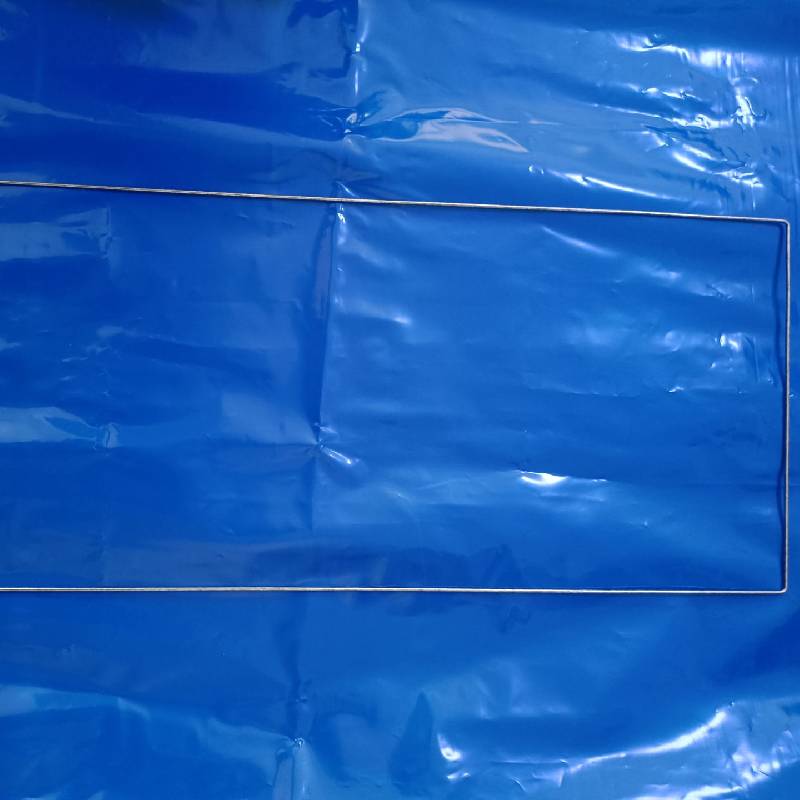
- Mobile Phone
- +8613931874955
- sales@cntcmetal.com
high load extension springs
Understanding High Load Extension Springs
Extension springs are a type of elastic mechanism utilized in various applications to store and release energy. Each spring is designed to handle specific loads, and when we refer to high load extension springs, we denote springs that are capable of withstanding significantly higher forces than standard extension springs. These springs are commonly employed in situations where substantial tension is required, making them critical components in many industrial, automotive, and commercial applications.
Composition and Design
High load extension springs are typically constructed from high-quality steel wire, such as music wire or oil-tempered steel, which offers excellent tensile strength and durability. The design of these springs is crucial; they are engineered with carefully calculated coil diameters, wire diameters, and total coil counts to ensure they can endure the required load while maintaining elasticity. Additionally, many manufacturers apply surface treatments to enhance resistance to corrosion and extend the lifespan of the springs.
Applications
The applications of high load extension springs are vast, ranging from automotive components to industrial machinery. In automotive contexts, these springs are commonly found in suspension systems, where they support significant weight and ensure a smooth ride. Similarly, in industrial settings, they are often used in heavy machinery, delivering the necessary force to mechanisms that require pulling action.
In consumer products, high load extension springs can be found in items like trampolines, where they must endure considerable forces to withstand jumping impacts
. Similarly, they are crucial in fitness equipment, such as resistance bands and weight machines, providing the necessary tension to facilitate workouts.Advantages
high load extension springs

High load extension springs offer numerous advantages. Firstly, their ability to perform under high tension allows for the design of more compact and efficient mechanisms. They can produce a significant force over a relatively short distance, making them ideal for applications where space is a constraint. Moreover, their durability means they require less frequent replacement, resulting in lower long-term maintenance costs for businesses.
Additionally, these springs can be custom-fabricated to meet specific load and length requirements, ensuring that they can accommodate a wide array of operational needs. Customization options may include different wire materials, coil configurations, and finishes depending on the application’s environmental conditions.
Challenges and Considerations
While high load extension springs are incredibly useful, they are not without challenges. The most notable issue is the risk of fatigue failure, which can occur when springs are subjected to repeated stretching and releasing cycles. Therefore, it is critical to design and select springs based on the expected load cycles and environmental factors. Proper installation and maintenance are key to ensuring their longevity and performance.
Additionally, due to the high forces involved, safety considerations are paramount. Design engineers must account for potential failure modes and ensure that mechanisms incorporating extension springs are equipped with safety features, such as guards or shields, to protect users from accidental injury.
Conclusion
In conclusion, high load extension springs play an essential role in a variety of applications across multiple sectors. Their ability to provide immense tension in a compact form makes them invaluable in both industrial and consumer products. With the right design, manufacturing standards, and attention to safety, these springs can effectively deliver performance, durability, and reliability, underpinning the functionality of many mechanical systems in today’s world. For anyone involved in the design or selection of mechanical components, understanding the intricacies of high load extension springs is critical to ensuring that their applications function smoothly and efficiently.
share:
-
Yard Sign Stakes: Reliable Guardians of Outdoor SignsNewsAug.04,2025
-
Wall Ties: Invisible Guardians of Building StabilityNewsAug.04,2025
-
Resilient Web: The Super Guardian Power of Concrete MeshNewsAug.04,2025
-
Masonry Accessories: A versatile assistant on building foundationsNewsAug.04,2025
-
Iron Binding Wire: the 'invisible reinforcement specialist' in the fields of architecture and industryNewsAug.04,2025
-
Dynamic Spring: The diverse functions and excellent performance of Wire Tension SpringNewsAug.04,2025
-
Your Source for Concrete Wall Ties and Masonry AccessoriesNewsJul.10,2025



















